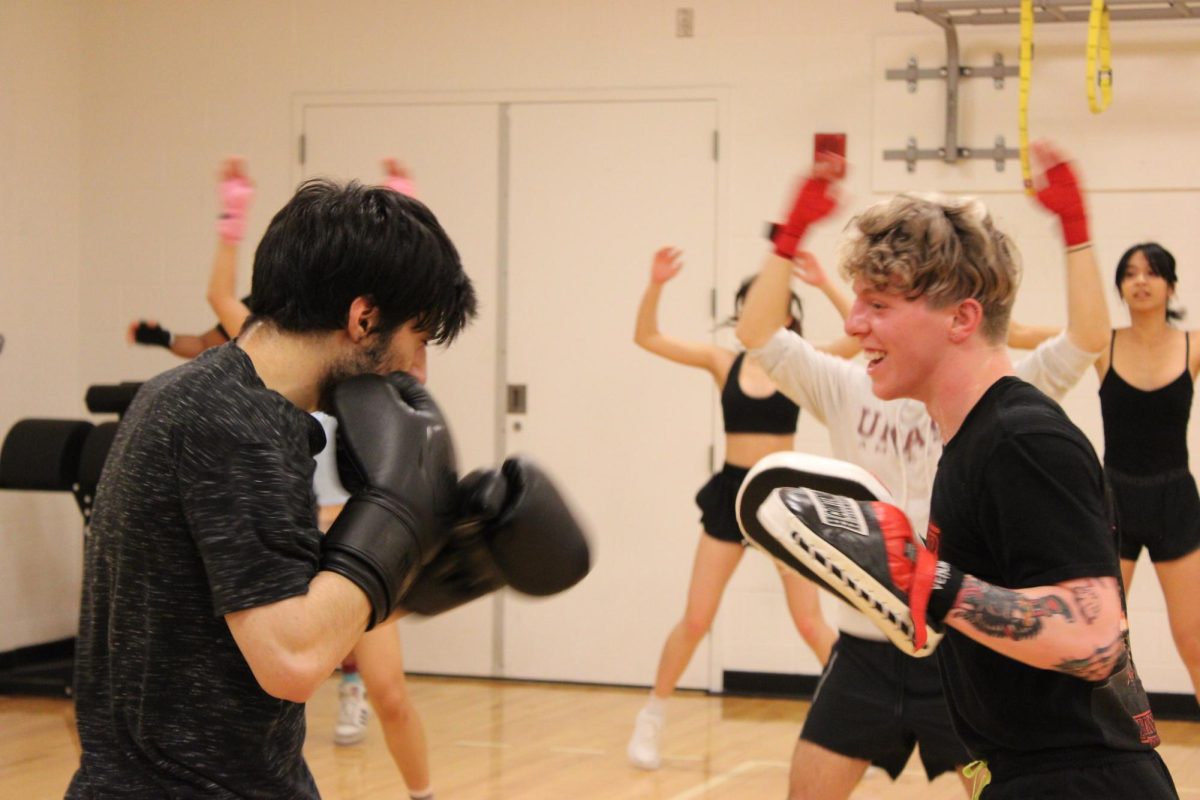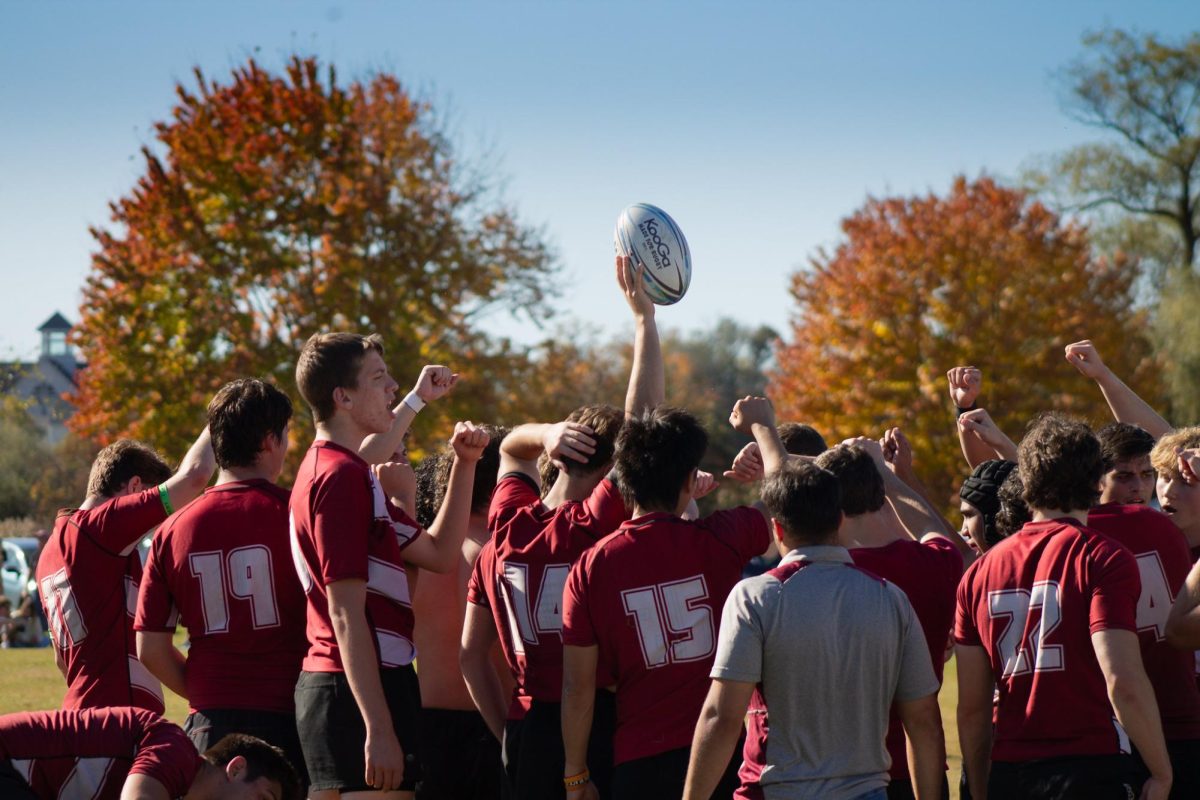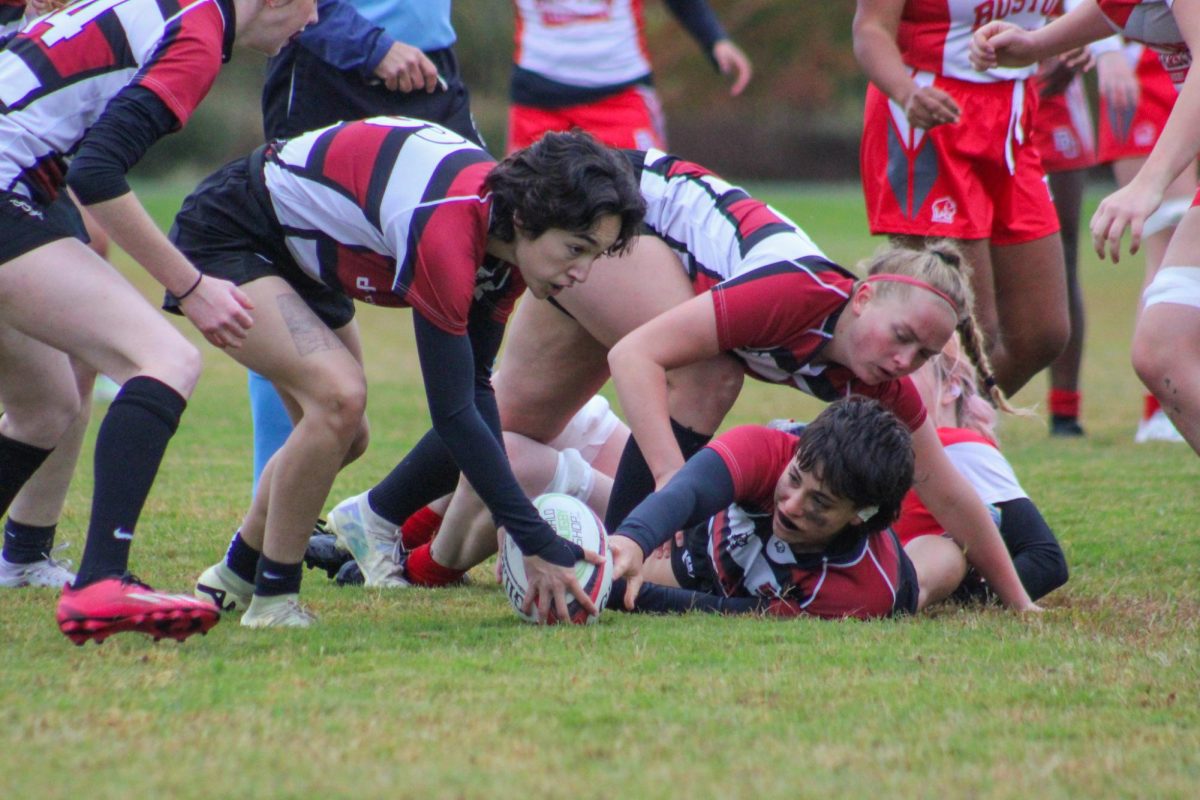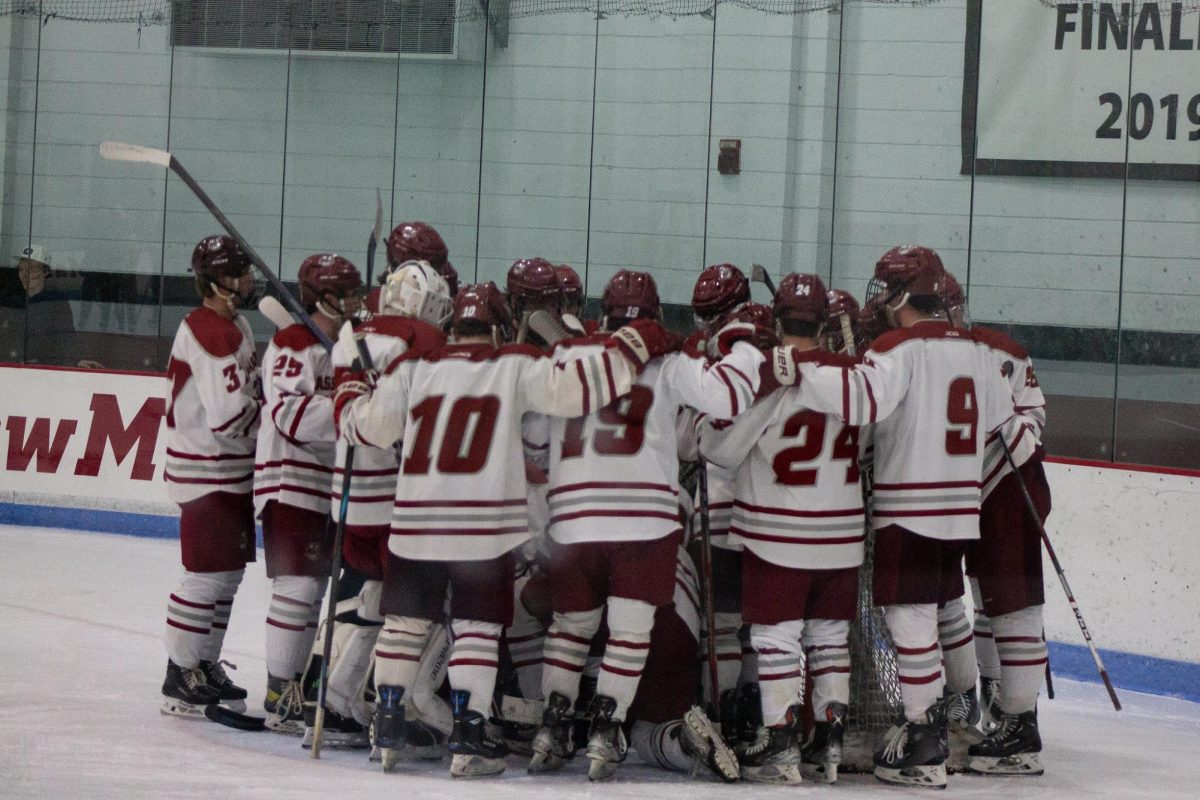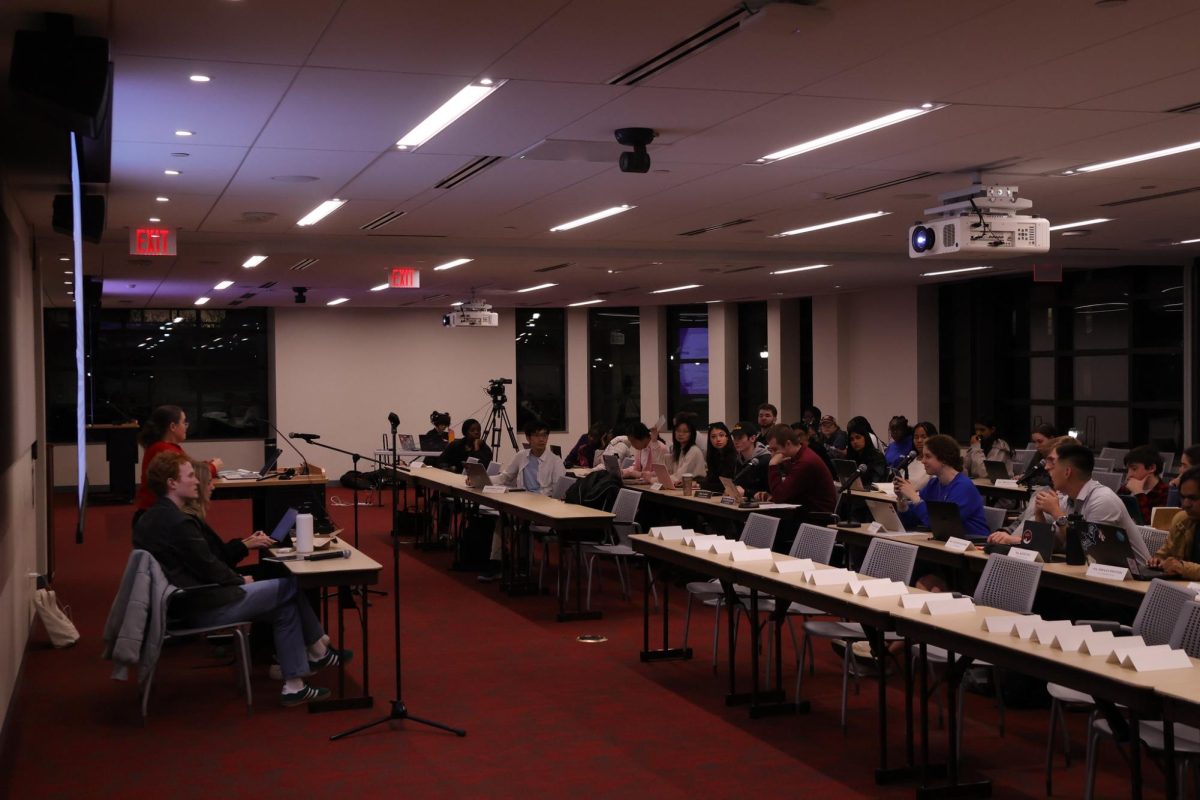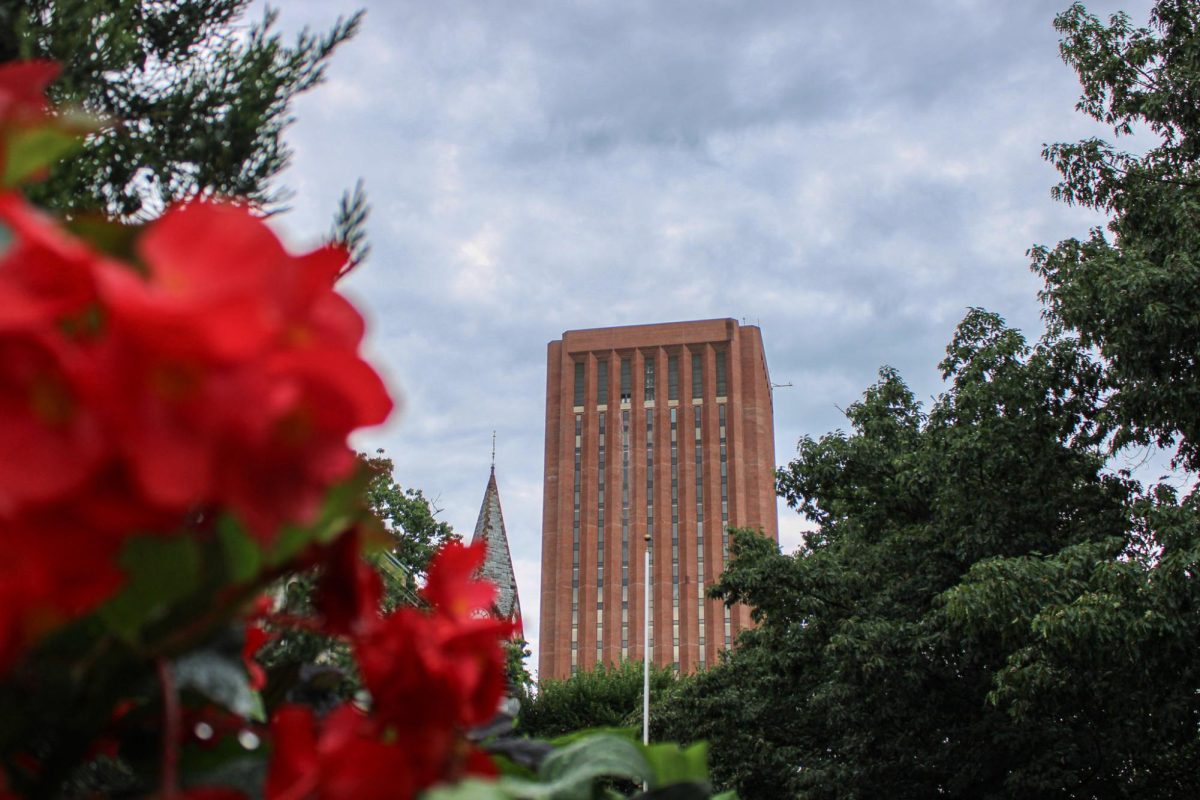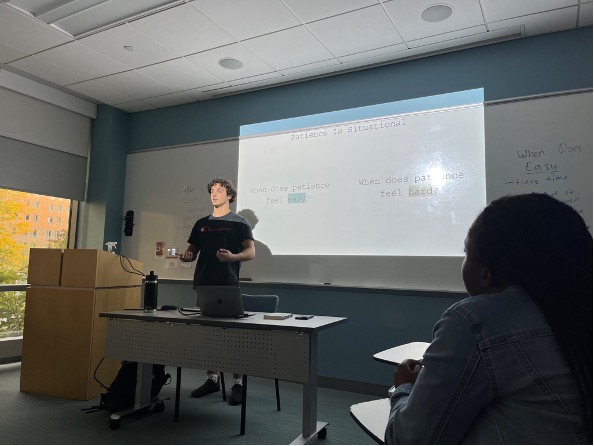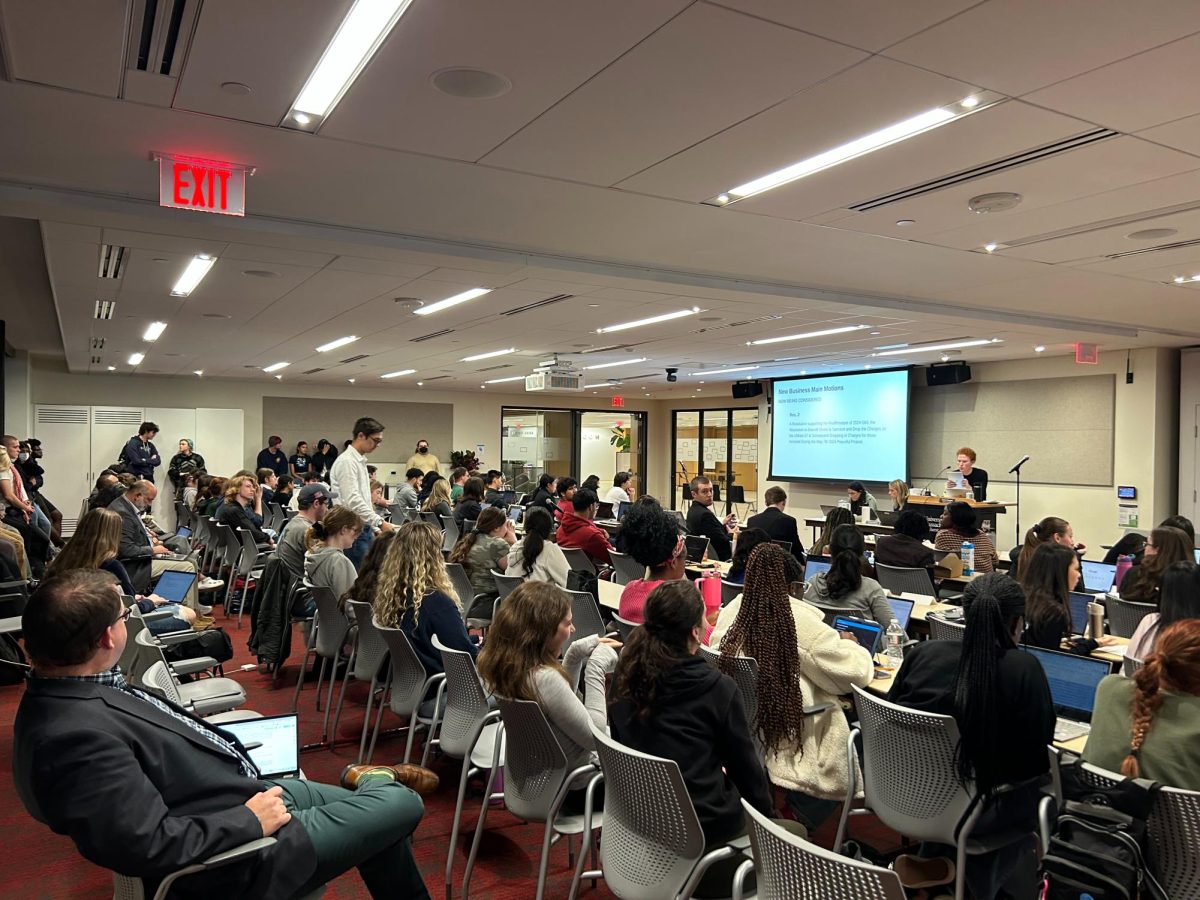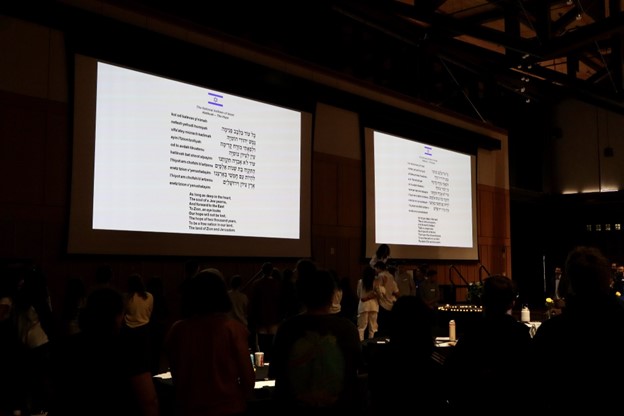This is a developing story. More updates will be provided as new information is received.
In the spring 2023 semester, the Student Government Association (SGA) announced a plan with Campus Recreation to organize the transition of 39 club sports from Student Engagement and Leadership (SEL) to Campus Recreation. Due to financial and advising complexities, the management transition will not take place until FY26.
SGA is in charge of over 300 registered student organizations (RSO), all of which are run under a council. The Club Sports Council focuses on the financial and social management of 57 club sports.
According to the SGA’s “Club Sports Transition 2023: Memorandum of Understanding,” which roughly outlines the beginning of their transition efforts, “the current situation that our club sport RSOs find themselves in is increasingly untenable. Account information is becoming increasingly difficult to centrally manage, budget requests are deeply gamified, governance structures don’t provide adequate guidance, and the Student Union provides little in the way of infrastructure.”
According to the Collegian, this transition process began in 2020. During this time, SEL conducted a risk assessment on all club sports and labeled 39 club teams as high-risk activities.
“I think it’s extremely beneficial to pull away from SGA but kind of have our own governing body,” Lucas Kubaska, a senior building and construction technology major and president of the University of Massachusetts club lacrosse team, said. “[The transition will help] expedite purchase orders, travel requests and help us get EMT coverage faster. I really don’t see any negatives.”
Kubaska works in tandem with Eliza Holtz, a senior psychology major and captain and secretary of club field hockey, as program assistants (PA) for club sports.
Holtz said that PAs are the middlemen of communication between the clubs and their directors. She noted that if the clubs ever need anything, the PAs are the students who pass along the information. “[We] kind of just advise them as a whole. We have monthly meetings, keep [the clubs] updated with everything like that and just kind of act as their advisor.”
Nicholas D’Amato, senior assistant director for sport programs, oversaw all club sports and Campus Recreation events regarding competitions, travel and financial exchanges until summer 2023, when Campus Recreation hired Ernest May as the new club sports coordinator.
“I understand that Nick D’Amato was under high stress,” Brandon Burns, president of the rowing club and a senior operations information management major, said. “He was managing intramural and club sports, so he did have a workload. But having one solid advisory just for club sports has definitely helped.”
D’Amato was contacted but has declined to comment on the matter.
May said that his main role is to help advise the clubs manage their budgets and funds through SGA allocations and their fundraising efforts.
“Ernie has helped us out a lot with pushing for EMTs to be at our games,” Kubaska said. “The hockey, rugby, soccer [teams] all required EMTs last year, [and] we couldn’t really get them every time. They had to be booked out like 30 days in advance, but Ernie has a good relationship with Dominic, who’s the EMT coordinator. So we have a good relationship with them and we’re able to get coverage on short notice and cover those high-risk sports.”
The need for a more centralized form of management, Holtz said, resulted from an increase of interest in the club sports program.
This transition for sports such as rowing may not be the best fit for the team. Burns has been a member of the team since his sophomore year and struggles with transition efforts. He does not agree with defining rowing as a “high-risk sport,” and said that the team makes sure to have somebody who is safety certified. This includes AED and CPR certifications, along with holding a swim test each year to uphold the U.S. Rowing standard.
The rowing team practices six days a week from 5:30 a.m. to 7:45 a.m., and then works out for an hour and a half in the afternoon. During those practices, to ensure that all athletes are staying in shape, Burns said that they wear heart rate monitors and the boats are stocked with safety vests. He added that the team “[takes] every precaution that we can in order to make sure we’re the lowest risk that we possibly can be.”
“If you were to sit down and understand every precaution that we go through,” Burns said, “I think we are at lower risk than other sports just due to most sports having physical contact of some sort.”
Another issue Burns ran into was a financial disparity between the club transition and SGA. He said that considering all the options, the choice to transition may not be the best move. The club has an off-campus facility and equipment not purchased by the school, such as the boathouse and the boats themselves, allowing the rowing team to use the off-campus facility whenever they need.
While the University does not own the boathouse, Burns said, they are trying to acquire it. It is something the rowing club personally owns, where the team has had a deal with the Northampton Department of Conservation and Recreation since 1871.
According to Burns, the alumni foundation and UMass Gives are the two major forms of financial support every year.
If the team were to comply with the transition, Burns fears that some financial responsibilities may be lost. Burns added that if any mismanagement of Campus Recreation affects club sports, he fears that it may hinder the rowing program.
Burns is not the only one concerned for his club’s future. Julie Sentman, president of the fencing club and a senior plant and soil science major, said that “all [the transition] does is change management.”
One factor is the minimal practice space. The team practices at the Recreation Center, which shares a space with the spin classes. When more space is needed, the wall splitting the room gets taken down. The team trains in the evening for two hours and 15 minutes on Sunday, Monday, Tuesday and Friday. The team occasionally has delegated their practice times and spaces around boxing and wrestling practices.
May understands this struggle is a common complaint for many club sports, but he also acknowledges that Campus Recreation coordinates and provides space and time for popular classes that consistently have high levels of participation, such as spin classes.
“A lot of it’s based on student demand,” May said. “There’s fitness classes from 6:30 in the morning until 10:30 at night… [Space occupancies are] based on requests, so if there’s a demand for something, then that space is going to be occupied by those groups.”
The athletic center, May added, is a space used by fitness classes, club sports, intramural sport practices, staff training sessions and outside groups as well. Sometimes, the police have defense training in the yoga studios. With so many people needing space and time, the opportunities for ideal practice conditions dwindle.
Due to the decrease in practice time and space, the team has noticed the clear disadvantage that they have compared to other teams that practice five days a week. Sentman said that lack of practice time and space took a toll at their last tournament where the overall team dropped in the rankings.
Sentman further said that the administration and SGA have not promoted enough benefits to convince the team to follow the transition. While the club falls under the high-risk category due to the 12-hour tournament days with intense conditioning and training, Sentman is not convinced that the club should follow with the transition.
Holtz and Kubaska understand the stress of the transition. As club sport members themselves, they want what’s best for their clubs and other clubs, even if it may take some time to get used to.
“I guess with the transition, there’s always [the] learning curve,” Holtz said. “There’s a transition period…That’s just expected though. I don’t think that’s necessarily a negative. There’s always going to be some bumps in the road as you transition.”
“By having one person you can go to and discuss your scheduling or finance, your travel, everything in one place is going to be extremely beneficial,” Kubaska said. “[It allows athletes] to enjoy the sport that [they] love to play, while you’re also learning more as you’re in a leadership role…And now that we have that kind of structure for club sports.”
Yet progress is underway. May said that within the past semester, all clubs made their own UMass-designated email so that communication between them and management would be more straightforward. There are now four PAs along with several other student staff members working on communication and scheduling. Student managers go to the club practices and check participation numbers, rosters and waivers for participation.
Monthly meetings, when all e-board officers from the clubs meet, are necessary when discussing “hot topics coming up like scheduling, putting in travel requests [and] onboarding coaches…communication is constant,” May said.
Kalina Kornacki can be reached at [email protected] or followed on X @KalinaKornacki.

